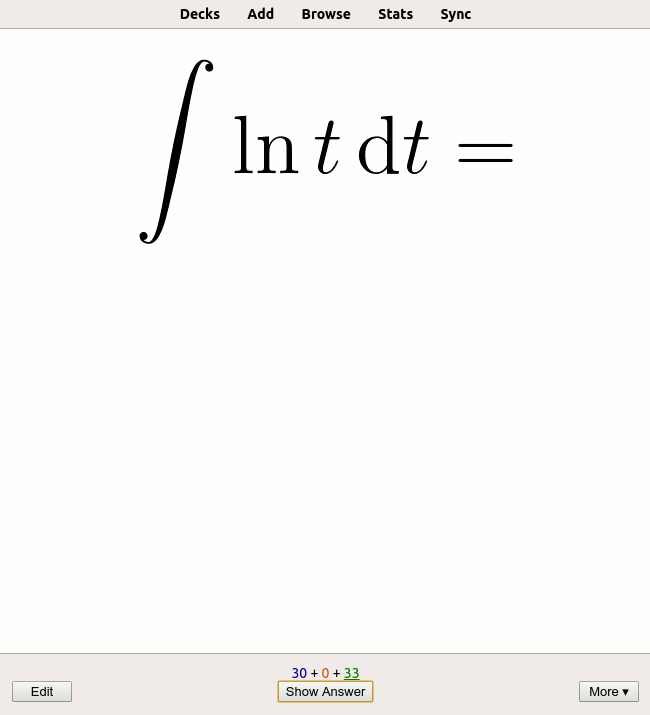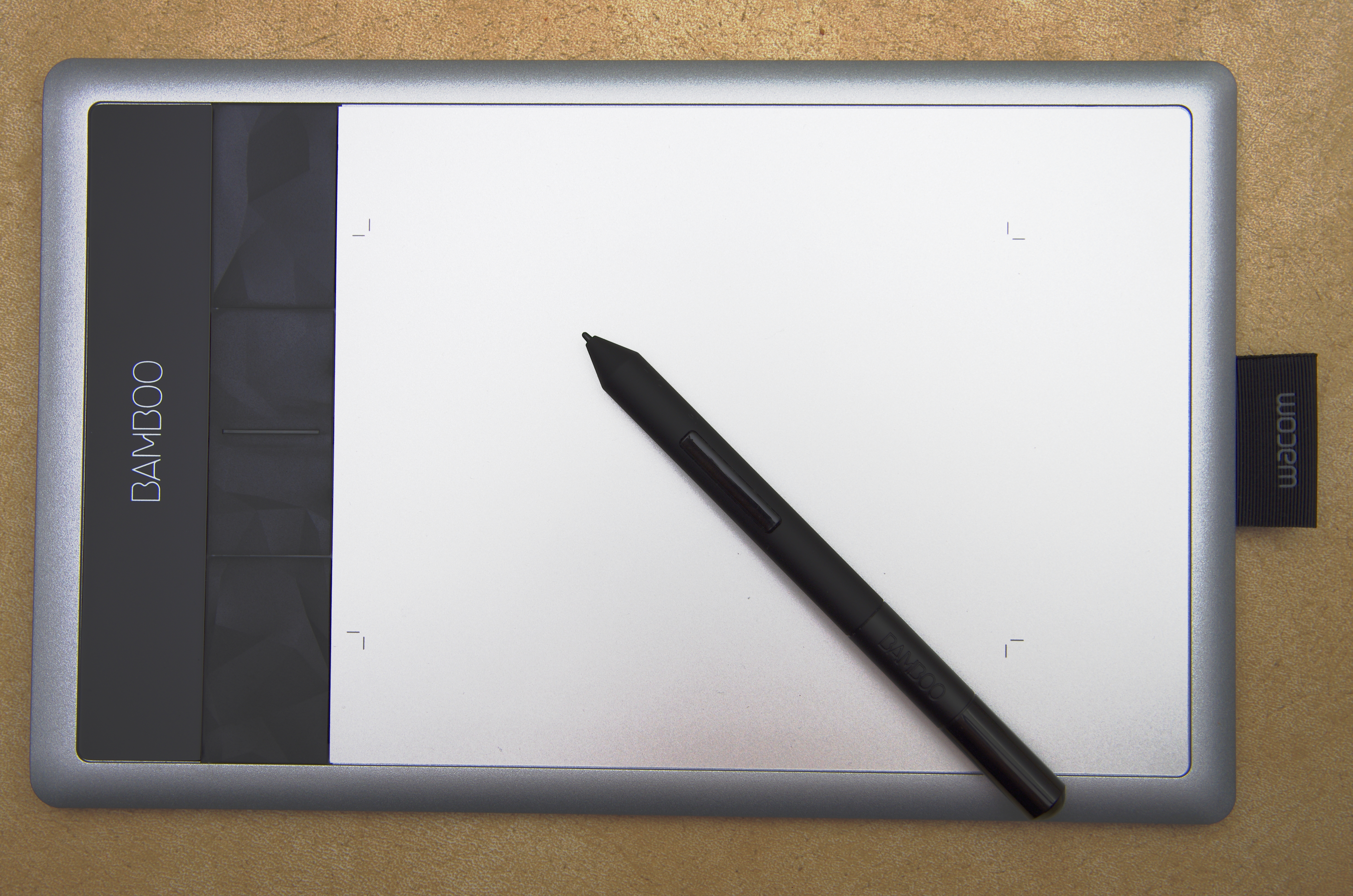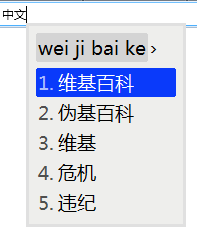|
Character Amnesia
Character amnesia is a phenomenon whereby experienced speakers of some East Asian languages forget how to write Chinese characters previously well known to them. The phenomenon is specifically tied to prolonged and extensive use of input methods, such as those that use romanizations of characters, and is documented to be a significant issue in China and Japan. Modern technology, such as mobile phones and computers, allows users to enter Chinese characters using their phonetic transcription without knowing how to write them by hand. Whether or not the phenomenon is as widespread or troubling as some have claimed is the subject of debate. Background Chinese characters are a logographic form of writing, where the form of the character is not always directly related to its pronunciation. The characters are composed of a combination of 8–11 standard strokes, over a hundred common radicals, and hundreds of phonetic components. The characters can be very complex and learning them is a ... [...More Info...] [...Related Items...] OR: [Wikipedia] [Google] [Baidu] |
East Asian Languages
The East Asian languages are a language family (alternatively ''macrofamily'' or ''superphylum'') proposed by Stanley Starosta in 2001. The proposal has since been adopted by George van Driem. Classifications Early proposals Early proposals of similar linguistic macrophyla, in narrower scope: *''Austroasiatic, Austronesian, Kra-Dai, Tibeto-Burman'': August Conrady (1916, 1922) and Kurt Wulff (1934, 1942) *''Austroasiatic, Austronesian, Kra-Dai, Hmong-Mien'': Paul K. Benedict (1942), Robert Blust (1996), Ilia Peiros (1998) *''Austroasiatic, Austronesian, Kra-Dai, Tibeto-Burman, Hmong-Mien'': Stanley Starosta (2001) Precursors to the East Asian proposal: *''Austro-Tai'' (Kra-Dai and Austronesian): Gustave Schlegel (1901, 1902), Weera Ostapirat (2005) *''Austric'' (Austroasiatic and Austronesian): Wilhelm Schmidt (1906), Lawrence Reid (1994, 2005) Starosta (2005) Stanley Starosta's (2005) East Asian proposal includes a "Yangzian" branch, consisting of Austroasiatic and Hmong– ... [...More Info...] [...Related Items...] OR: [Wikipedia] [Google] [Baidu] |
Rote Memorization
Rote learning is a memorization technique based on repetition. The method rests on the premise that the recall of repeated material becomes faster the more one repeats it. Some of the alternatives to rote learning include meaningful learning, associative learning, spaced repetition and active learning. Versus critical thinking Rote learning is widely used in the mastery of foundational knowledge. Examples of school topics where rote learning is frequently used include phonics in reading, the periodic table in chemistry, multiplication tables in mathematics, anatomy in medicine, cases or statutes in law, basic formulae in any science, etc. By definition, rote learning eschews comprehension, so by itself it is an ineffective tool in mastering any complex subject at an advanced level. For instance, one illustration of rote learning can be observed in preparing quickly for exams, a technique which may be colloquially referred to as " cramming". Rote learning is sometime ... [...More Info...] [...Related Items...] OR: [Wikipedia] [Google] [Baidu] |
Asahi Shimbun
is one of the four largest newspapers in Japan. Founded in 1879, it is also one of the oldest newspapers in Japan and Asia, and is considered a newspaper of record for Japan. Its circulation, which was 4.57 million for its morning edition and 1.33 million for its evening edition as of July 2021, was second behind that of the ''Yomiuri Shimbun''. By print circulation, it is the third largest newspaper in the world behind the ''Yomiuri'', though its digital size trails that of many global newspapers including '' The New York Times''. Its publisher, is a media conglomerate with its registered headquarters in Osaka. It is a privately held family business with ownership and control remaining with the founding Murayama and Ueno families. According to the Reuters Institute Digital Report 2018, public trust in the ''Asahi Shimbun'' is the lowest among Japan's major dailies, though confidence is declining in all the major newspapers. The ''Asahi Shimbun'' is one of the five l ... [...More Info...] [...Related Items...] OR: [Wikipedia] [Google] [Baidu] |
China Central Television
China Central Television (CCTV) is a Chinese state- and political party-owned broadcaster controlled by the Chinese Communist Party (CCP). Its 50 different channels broadcast a variety of programing to more than one billion viewers in six languages. However, news reporting about topics sensitive to the CCP is distorted and often used as a weapon against the party's perceived enemies, according to Freedom House and other media commentators. CCTV is operated by the National Radio and Television Administration which reports directly to the CCP's Central Propaganda Department. CCTV was established on 1 May 1958 as a state-owned propaganda outlet. CCTV has a variety of functions, such as news communication, social education, culture, and entertainment information services. As a state television station it is responsible to both the Central Committee of the Chinese Communist Party and the State Council. It is a central player in the Chinese government's propaganda network. Hi ... [...More Info...] [...Related Items...] OR: [Wikipedia] [Google] [Baidu] |
China Youth Daily
The ''China Youth Daily'' () is the newspaper of the Communist Youth League of China since 1951 with editorial and financial independence in the People's Republic of China. In the 1980s, it was regarded as the best newspaper in mainland China with a circulation of 5 million a day. Its present circulation is estimated to be nearly one million in 40 countries and regions. Background The ''China Youth Daily'' was established in 1951, six years before the Chinese Socialist Youth League decided to change its name to the Communist Youth League of China (CYL). ''Freezing Point'' (冰点 pinyin: Bing diǎn), a four-page weekly supplement of China Youth Daily was temporarily shut down by the Chinese government in early 2006, due to an anti-censorship letter posted by columnist Li Datong. According to ''The'' ''Washington Post'', government censors accused the section of "'viciously attacking the socialist system' and condemned a recent article in it that criticized the history textbook ... [...More Info...] [...Related Items...] OR: [Wikipedia] [Google] [Baidu] |
Active Pen
An active pen (also referred to as active stylus) is an input device that includes electronic components and allows users to write directly onto the display of a computing device such as a smartphone, tablet computer or ultrabook. The active pen marketplace has long been dominated by N-trig and Wacom, but newer firms Atmel and Synaptics also offer active pen designs. An active pen is generally larger and has more features than a stylus. Digital pens typically contain internal electronics and have features such as touch sensitivity, input buttons, memory, writing data transmission capabilities, and electronic erasers. The main difference between an active pen and the input device known as a passive stylus or passive pen is that although the latter can also be used to write directly onto the screen, it does not include electronics and thus lacks all of the features that are unique for an active pen: touch sensitivity, input buttons, etc. Active pen devices support most modern ope ... [...More Info...] [...Related Items...] OR: [Wikipedia] [Google] [Baidu] |
Chinese Input Methods For Computers
Chinese input methods are methods that allow a computer user to input Chinese characters. Most, if not all, Chinese input methods fall into one of two categories: phonetic readings or root shapes. Methods under the phonetic category usually are easier to learn but are less efficient, thus resulting in slower typing speeds because they typically require users to choose from a list of phonetically similar characters for input, whereas methods under the root shape category allow very precise and speedy input but have a steep learning curve because they often require a thorough understanding of a character's strokes and composition. Other methods allow users to write characters directly onto touchscreens, such as those found on mobile phones and tablet computers. History Chinese input methods predate the computer. One of the early attempts was an electro-mechanical Chinese typewriter Ming kwai () which was invented by Lin Yutang, a prominent Chinese writer, in the 1940s. It assigne ... [...More Info...] [...Related Items...] OR: [Wikipedia] [Google] [Baidu] |
Cangjie Input Method
The Cangjie input method (Tsang-chieh input method, sometimes called Changjie, Cang Jie, Changjei or Chongkit) is a system for entering Chinese characters into a computer using a standard computer keyboard. In filenames and elsewhere, the name Cangjie is sometimes abbreviated as cj. The input method was invented in 1976 by Chu Bong-Foo, and named after Cangjie (Tsang-chieh), the mythological inventor of the Chinese writing system, at the suggestion of Chiang Wei-kuo, the former Defense Minister of Taiwan. Chu Bong-Foo released the patent for Cangjie in 1982, as he thought that the method should belong to Chinese cultural heritage. Therefore, Cangjie has become open-source software and is on every computer system that supports traditional Chinese characters, and it has been extended so that Cangjie is compatible with the simplified Chinese character set. Cangjie is the first Chinese input method to use the QWERTY keyboard. Chu saw that the QWERTY keyboard had become an inter ... [...More Info...] [...Related Items...] OR: [Wikipedia] [Google] [Baidu] |
Internet Chat
Online chat may refer to any kind of communication over the Internet that offers a real-time transmission of text messages from sender to receiver. Chat messages are generally short in order to enable other participants to respond quickly. Thereby, a feeling similar to a spoken conversation is created, which distinguishes chatting from other text-based online communication forms such as Internet forums and email. Online chat may address point-to-point communications as well as multicast communications from one sender to many receivers and voice and video chat, or may be a feature of a web conferencing service. Online chat in a less stringent definition may be primarily any direct text-based or video-based (webcams), one-on-one chat or one-to-many group chat (formally also known as synchronous conferencing), using tools such as instant messengers, Internet Relay Chat (IRC), talkers and possibly MUDs or other online games. The expression ''online chat'' comes from the word ''c ... [...More Info...] [...Related Items...] OR: [Wikipedia] [Google] [Baidu] |
World Wide Web
The World Wide Web (WWW), commonly known as the Web, is an information system enabling documents and other web resources to be accessed over the Internet. Documents and downloadable media are made available to the network through web servers and can be accessed by programs such as web browsers. Servers and resources on the World Wide Web are identified and located through character strings called uniform resource locators (URLs). The original and still very common document type is a web page formatted in Hypertext Markup Language (HTML). This markup language supports plain text, images, embedded video and audio contents, and scripts (short programs) that implement complex user interaction. The HTML language also supports hyperlinks (embedded URLs) which provide immediate access to other web resources. Web navigation, or web surfing, is the common practice of following such hyperlinks across multiple websites. Web applications are web pages that function as applicat ... [...More Info...] [...Related Items...] OR: [Wikipedia] [Google] [Baidu] |
Chinese Calligraphy
Chinese calligraphy is the writing of Chinese characters as an art form, combining purely visual art and interpretation of the literary meaning. This type of expression has been widely practiced in China and has been generally held in high esteem across East Asia. Calligraphy is considered one of the four most-sought skills and hobbies of ancient Chinese literati, along with playing stringed musical instruments, the board game "Go", and painting. There are some general standardizations of the various styles of calligraphy in this tradition. Chinese calligraphy and ink and wash painting are closely related: they are accomplished using similar tools and techniques, and have a long history of shared artistry. Distinguishing features of Chinese painting and calligraphy include an emphasis on motion charged with dynamic life. According to Stanley-Baker, "Calligraphy is sheer life experienced through energy in motion that is registered as traces on silk or paper, with time and rhyt ... [...More Info...] [...Related Items...] OR: [Wikipedia] [Google] [Baidu] |
Ink Brush
Ink is a gel, sol, or solution that contains at least one colorant, such as a dye or pigment, and is used to color a surface to produce an image, text, or design. Ink is used for drawing or writing with a pen, brush, reed pen, or quill. Thicker inks, in paste form, are used extensively in letterpress and lithographic printing. Ink can be a complex medium, composed of solvents, pigments, dyes, resins, lubricants, solubilizers, surfactants, particulate matter, fluorescents, and other materials. The components of inks serve many purposes; the ink's carrier, colorants, and other additives affect the flow and thickness of the ink and its dry appearance. In 2011, worldwide consumption of printing inks generated revenues of more than 20 billion US dollars. While demand by traditional print media (including newspapers) is shrinking; more and more printing inks are consumed for packaging. History Many ancient cultures around the world have independently discovered a ... [...More Info...] [...Related Items...] OR: [Wikipedia] [Google] [Baidu] |


.png)





